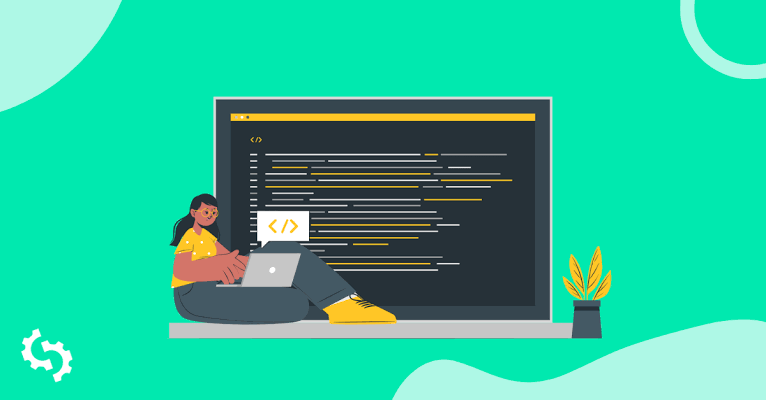Introduction
Ever stumbled upon a link like “(:view-source//milfat.com/threads/13244/)” and wondered, “What is this about?” You’re not alone. Whether you’re a curious browser or someone trying to make sense of these URLs, understanding what they represent is essential in today’s digital age. In this blog post, we’ll break down the meaning behind such links and guide you on how to approach and analyze them. Stick with me, and by the end, you’ll know exactly what to do when you come across similar content!
What Does (:view-source//milfat.com/threads/13244/) Mean?
First, let’s get the basics out of the way. The “(:view-source//milfat.com/threads/13244/)” is a URL that links to a specific thread on a website called “milfat.com.” The keyword “view-source” is the browser’s way of displaying the underlying HTML code of a webpage. So, when you see this URL, you’re not just looking at the webpage itself, but its coding skeleton — a peek behind the scenes, if you will.
This kind of URL often piques curiosity because it’s not just a regular web address. Instead, it’s a prompt that helps users, especially developers, understand how a webpage is structured.
Why Does “view-source” Matter?
The “view-source” command is crucial for web developers or anyone trying to understand how a website functions. It’s like reading the ingredients list of a recipe; you see all the elements that make the website work. For users unfamiliar with coding, this might seem daunting, but don’t worry—it’s not as complex as it sounds!
If you encounter the link “(:view-source//milfat.com/threads/13244/)” and copy it into your browser, you’ll be greeted by the source code of the page. This allows you to view elements like text, images, and scripts that make the website appear the way it does on your screen. The purpose behind this feature is to provide transparency, allowing users to see exactly what is going on in the background of a webpage.
How to Interpret Links Like (:view-source//milfat.com/threads/13244/)
Seeing such a URL can spark curiosity or even confusion. Here’s how you can deal with it:
- Copy and Paste the URL: The first step is to copy the URL and paste it into the address bar of your browser. This allows you to access the source code of the page. If you’re not into coding, this might not be of much help, but it can provide valuable insights if you’re learning the ropes of web development.
- Understanding the Source Code: Once you see the source code, you might encounter a lot of unfamiliar text, numbers, and symbols. But don’t panic. Some tools like online HTML viewers can help make sense of the code by formatting it in a more digestible manner.
- Use Online Tools: You don’t need to be a tech expert to understand what’s going on. Websites like HTML Beautifier can take the complicated source code and turn it into something easy to read. This is great if you’re just exploring or want to understand how websites are built.
Should You Be Worried About URLs Like (:view-source//milfat.com/threads/13244/)?
Absolutely not. The “view-source” function is a harmless feature provided by browsers to help users explore the coding of a webpage. There’s nothing malicious about it. However, if you’re unfamiliar with the source code of a website, it’s always best to proceed with caution. Make sure that the URL is from a trustworthy site before diving in.
The Educational Value of “View-Source”
For those interested in web development or even curious browsers, learning how to read a website’s source code can be an educational experience. By viewing the “view-source//milfat.com/threads/13244/” URL, you can:
- Learn Basic HTML: It’s a great way to familiarize yourself with the HTML tags used in websites.
- Understand Web Design: You can see how web pages are structured and designed, helping you grasp how certain effects are achieved.
- Experiment and Learn: Developers often use the view-source feature to test out code, modify it, and see what works best.
Conclusion
To sum it up, URLs like “(:view-source//milfat.com/threads/13244/)” offer users an inside look at how websites are built. It’s not something to be feared, but rather a useful tool for those interested in the technical side of the web. Whether you’re a developer, a curious user, or someone just trying to make sense of a confusing link, understanding the “view-source” function can unlock a whole new level of internet exploration.
FAQs
1. What is “view-source”? “View-source” is a browser function that allows users to see the HTML code of a webpage. It’s a way to understand how the website is structured behind the scenes.
2. Is viewing the source of a website safe? Yes, viewing the source is perfectly safe. It’s just like looking at the blueprint of a building—there’s no harm in seeing how it’s constructed.
3. Can I edit the source code I see? You can copy and experiment with the source code in your own projects, but you can’t change the source code of a website unless you have access to its server.
4. Why would I want to view a website’s source code? Viewing the source code can help you learn about web development, understand how a website works, or troubleshoot issues if you’re building your own site.
5. What tools can help me read source code more easily? Tools like HTML Beautifier or Notepad++ can help format the source code, making it easier to read and understand.

